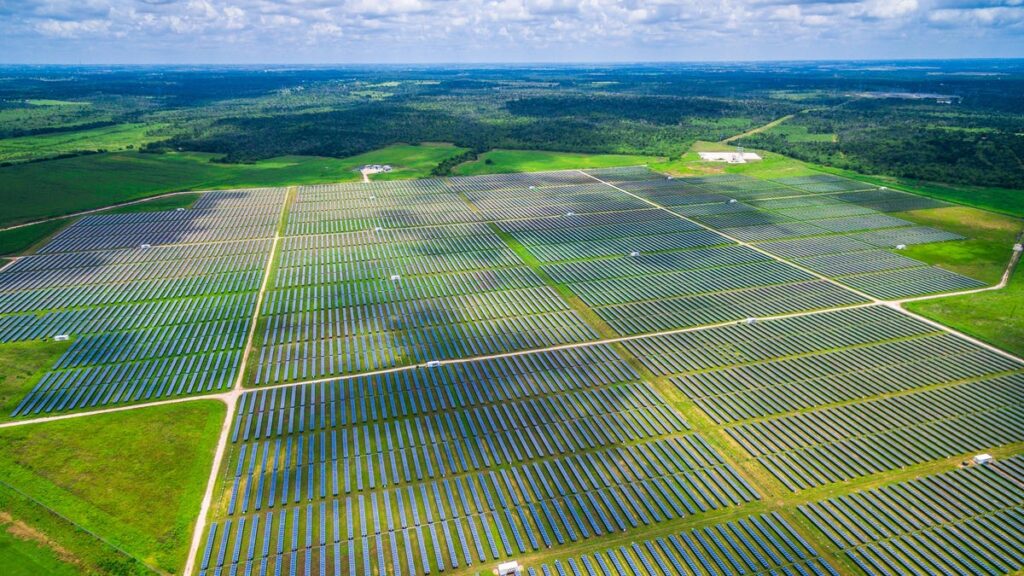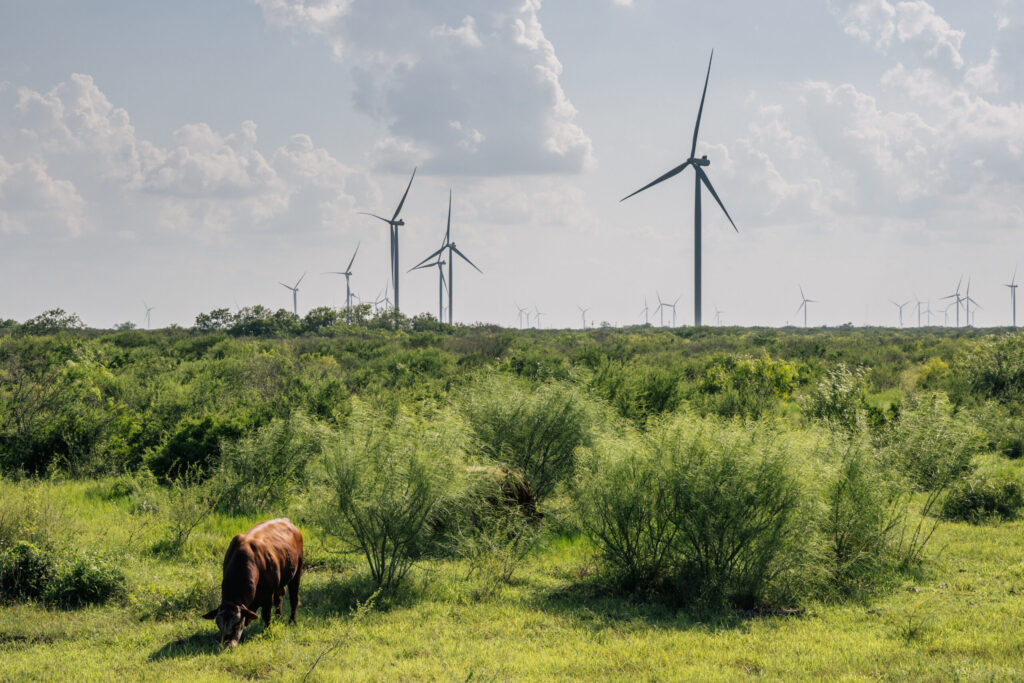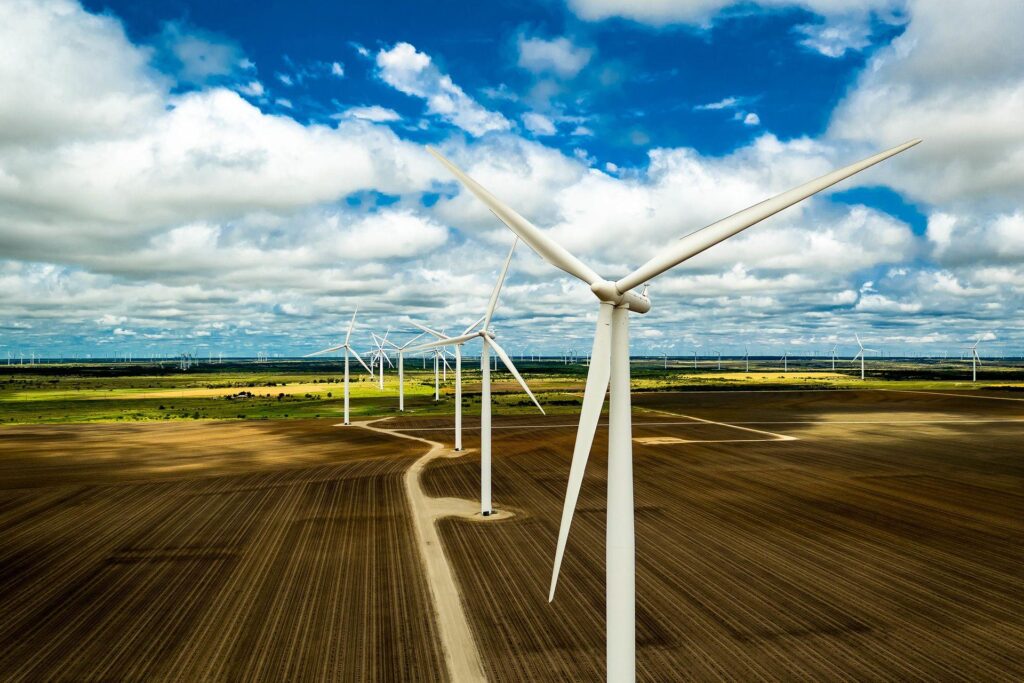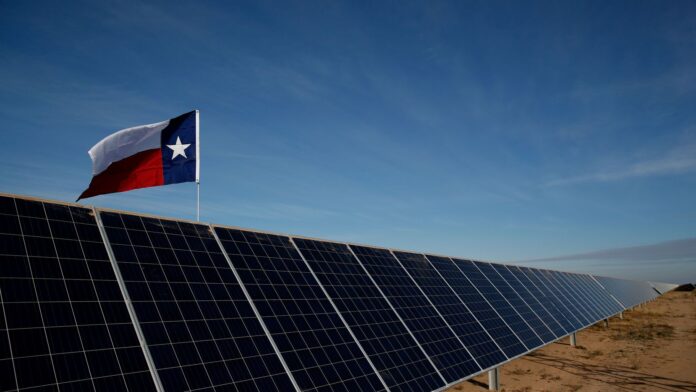Texas is the second largest state in the US in both area and population, so it’s no surprise that it plays a major role in our energy usage. But have you ever wondered where the state ranks when it comes to renewable energy? In this blog, we’ll dive into Lone Star State’s renewable energy stats to find out if they’re doing their part!
The state of renewable energy in Texas

The state of Texas is one of the leading states in the country for renewable energy. Over the last decade, the state has made a commitment to developing renewable energy sources and has become one of the most active states in this field. These energy sources currently power more than 25% of Texas’ electricity needs, making it the second-highest amount anywhere in the United States.
Texas is energizing itself with wind power; wind turbines make up 19 percent of its total electricity grid. An additional 4 percent comes from solar power with thousands of renewable energy plants located across the state. The government’s goal is to reach 30% by 2040 and its commitment to clean energy continues to be reflected in other parts of its initiatives as well, including passing a bill that sets consistent standards for all utilities’ plans for electricity generated from 100 percent carbon-free resources by 2050.
This state also has significant investments in clean transportation systems such as electric vehicles (EVs). There are currently over 290 EV charging stations located around Texas that support over 680 EV ports linking drivers to sustainable transportation options around the state. As these infrastructure projects increase, so too will their contribution to renewable energy use in commercial and residential buildings alike.
How Texas can further improve its ranking

In order to meet its full potential with renewable energy and make meaningful progress in sustainability, Texas must strive to increase investment in renewables while developing infrastructure to utilize more clean energy sources.
Investment in public policies, such as extending tax incentives for renewable energy projects and allowing citizens to purchase utility-scale solar systems, could drive more innovation and encourage wider adoption of alternative energy sources.
An improved electrical grid system is needed that is able to handle large amounts of energy from intermittent sources (such as wind or solar) and integrate distributed generation resources (such as rooftop solar). This modernized grid system would be equipped with technologies such as remote sensing ice detection technology and forecasting models that can inform power production.
What is the impact on the economy?

In addition to the electric industry, renewable energy sources have also had a positive impact on other sectors of the Texas economy. For example, solar and wind-powered businesses are creating new jobs and opportunities in sectors such as manufacturing, engineering, construction, and technology. Solar panel makers and wind turbine technicians are just some of the jobs being created as renewable energy becomes more prominent in Texas.
Another source of economic growth associated with sustainable energy can be found within the agricultural sector. Many farmers have begun to invest in large-scale wind farms to supplement income derived from traditional farming practices and to produce additional revenue streams for rural communities. The presence of these renewable energy installations also provides indirect benefits through increased property values for nearby residential homes or businesses as well as increased tax revenue for local governments that are collected from these projects.
Overall, it is clear that renewable energy has been playing an increasingly significant role in fueling economic growth within Texas over recent years and its active impacts on various aspects of the state’s economy should not be overlooked moving into the future.
Conclusion
After evaluating the data, it is clear that Texas is making significant strides in advancing renewable energy and energy efficiency. With the seventh-largest installed wind capacity in the world, a commitment to solar projects, and continued incentives and programs to reduce energy use in buildings, Texas is showing that it can be a national leader in renewable technology. In fact, when compared with other US states, Texas ranks among the top three for solar panel installation and number one for wind capacity.









